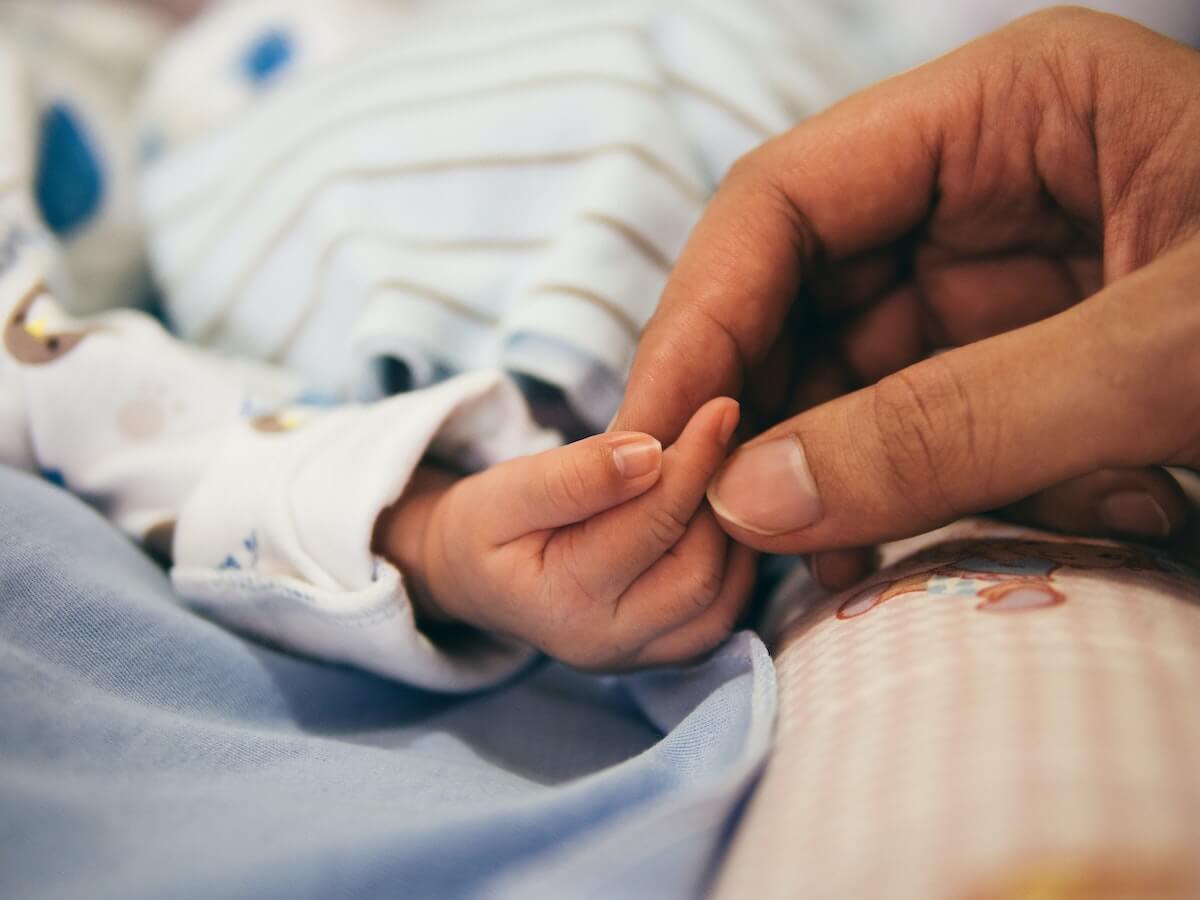In August there was a flurry of alarm in the media after Gauteng’s MEC for health, Nomathemba Mokgethi, reported that 23,226 teenage girls had fallen pregnant in the province between April 2020 and March 2021. Nine hundred and thirty-four of them were between the ages of 10 and 14.
There were 20,250 babies born to teenage mothers aged 10 to 19, according to the Gauteng MEC in a response to a question in the Gauteng Legislature; 2,976 pregnancies were terminated.
What effect has the pandemic had on teen pregnancies? It’s too soon to tell. But here’s what the available data shows us.

The source of the information in the MEC’s response was noted as the District Health Information Software (DHIS). This is the same source used in the District Health Barometer (DHB) report published annually by the Health Systems Trust, which shows the number of deliveries recorded in public health facilities.
Comparing the number of births to teenage mothers in Gauteng reported in the DBH for 2019/2020 with the Gauteng health department’s number, teenage births increased by 28%.
Did the pandemic play a part in the rise in pregnancies?
The Gauteng health department provided a monthly breakdown of the teenage deliveries from April 2020 to March 2021. The months with the highest number of deliveries were May, June, July and August. Most of those girls would have fallen pregnant before November 2019, and before the coronavirus hit South Africa.

On 18 March 2020 schools closed as part of an effort to curb the spread of the coronavirus, followed by a hard lockdown that started on 26 March. Babies conceived during the initial lockdown would mostly likely have been born from around December 2020 onwards.
Catherine Mathews, director in the Health Systems Research Unit of the South African Medical Research Council (SAMRC) said it would take time to assess the full impact school closures had on teen pregnancies.
“We do know that schools can be an important, safe, protective environment for girls, and when schools close, children are often left unsupervised and can be more at risk of sexual violence.”
To make matters worse, sound family planning and contraception have not been easily accessible for many South African teens and the pandemic restrictions probably made a bad situation worse. The District Health Barometer 2019/20 notes that persistent stock-outs of contraception have been reported since 2018.
The SAMRC surveyed adolescent girls, aged 15 to 24, between 1 December 2020 and 28 February 2021, to find out how they were affected by the pandemic. The Outlier looked at the results for the 15 to 19 age group. Out of the 264 participants in this age group, 23.5% stated that they were unable to obtain contraceptives, while 18.8% reported challenges in accessing condoms due to the pandemic.
But, to connect the increase in teen pregnancies to the inaccessibility of condoms and contraception alone would be to assume that the 23,226 pregnancies were a product of consensual sex, when that may not always have been the case.
Mathews said: “Violence against women and girls in the country is so pervasive in South Africa and we can’t ignore its impact on teenage pregnancy.”
In her response to the teenage pregnancy question in the Gauteng legislature, the MEC Mokgethi said, “There are no statistics collected specifically on statutory rape by the Department of Health.”
This means there is no telling how many of the 23,226 teen pregnancies stemmed from nonconsensual sexual encounters.
South Africa’s age of consent is 16.
How does Gauteng compare with other provinces?
We don’t have data for 2020/21 for the other eight provinces so we don’t know if they reported the same level of increase in teen pregnancies as Gauteng did. But we can look at the teenage births recorded in previous years.
The province with the highest number of teenage births for the past three years has been KwaZulu-Natal, according to data reported in the DBH.
KwaZulu-Natal is the second most populous province, so it’s more useful to look at the teenage birth rate as a percentage of the total number of births recorded in public health facilities in each province. Then the picture changes and the Northern Cape shows the highest birth rate, with 18% of births being to teenage mothers in 2019/20. The Eastern Cape and KwaZulu-Natal follow with 16.7% and 16.4% respectively. Gauteng’s teenage birth rate was 7.5%, the lowest of the provinces.

How does South Africa compare to other countries?
The Outlier looked at World Bank data to see how South Africa’s teen birth rate compares to other African countries.
The World Bank’s data includes women aged 15 to 19 years and, based on those statistics, Niger ranked highest at 180 births per 1,000 women.
South Africa’s 68 births per 1,000 women was lower than other Southern African countries, but it’s still higher than the world average of 42 births per 1,000 women in that age group.

Additional reporting by Gemma Ritchie
